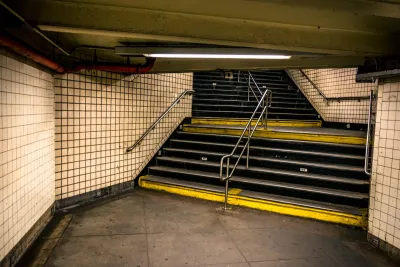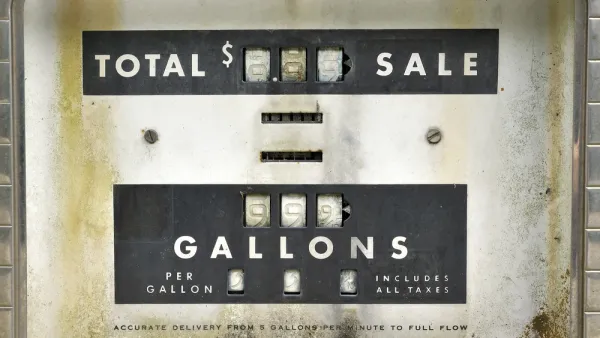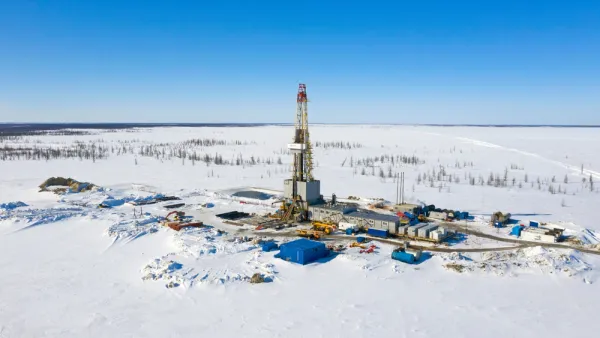Subways in Kyiv and Kharkiv are performing as bomb shelters, including the world's deepest station, after the full-scale Russian invasion of Ukraine began on Wednesday night.

"As Russian forces launched several missiles at the Ukrainian capital of Kyiv the night of Feb. 23, thousands of citizens hunkered down in subway stations," writes Camille Squires, a global cities reporter for Quartz.
On Thursday, Feb. 24, Kyiv mayor Vitali Klitschko imposed a curfew and halted public transit so that subway stations could be used as round-the-clock shelters.
Klitschko, a former heavyweight boxing champion, had announced late last month that the subway would be the capital city's "key shelter", wrote breaking news reporter Jake Epstein for Business Insider on January 26.
"The key bomb shelter in the city of Kyiv will also be the Kyiv subway, which, in the event of — God forbid — zero hour, will be ready to accommodate people who can take shelter in case of a possible attack," Mayor Vitali Klitschko said in an interview with the Current Time television network on Tuesday.
The Kyiv Metro, initially 5 stations and 3.25 miles, opened in 1960 as Ukraine's first rapid transit system. "The Arsenalna Metro Station ... lies nearly 350 feet beneath the city, making it the deepest station in the world," according to Atlas Obscura.
Residents of Kyiv, the nation's most populous city with nearly 3 million people, were not the only urban residents seeking shelter in their city's metro system, wrote BuzzFeed News reporter Clarissa-Jan Lim on Feb. 24.
Crowds swelled in subway stations in Kharkiv, the second-largest city in Ukraine. Its mayor, Ihor Terekhov, was himself sheltering in a subway station.
He told residents to seek cover. "The subway is the safest place," he said.
The Kharkiv Metro opened in 1975 and is the second of four systems in Ukraine, a nation of over 43 million people that claimed independence from the former Soviet Union in 1991.
Additional reading/viewing:
- Crowds of Ukrainian people are hiding from airstrikes in [Kharkiv] subway station (with 4-minute CNN video), Business Insider, Feb. 24, 2022
- Pics: Underground metro stations in Kyiv serve as bomb shelters amid Russian invasion, World is One –WION, Feb. 24, 2022
Related in Planetizen:
- Pipeline Politics Ruffle NATO Summit (Nord Stream 2), July 15, 2018
- How Defensive Fortifications Shaped Cities, December 31, 2014
- Natural Gas Dependence Hobbles Western Response to Crimean Crisis, March 11, 2014
- Public Space Enables, or Prohibits, Protest (Ukraine’s Independence Square), February 25, 2014
- Friday Funny: A Winter Wonderland on Kiev's Subway, December 28, 2012
- Soviet Era Infrastructure is Crumbling, August 21, 2009
- Friday Funny: The Citywide Crossword Puzzle (Lvov, Ukraine), January 9, 2009
FULL STORY: Kyiv’s subway stations were built for an invasion

National Parks Layoffs Will Cause Communities to Lose Billions
Thousands of essential park workers were laid off this week, just before the busy spring break season.

Retro-silient?: America’s First “Eco-burb,” The Woodlands Turns 50
A master-planned community north of Houston offers lessons on green infrastructure and resilient design, but falls short of its founder’s lofty affordability and walkability goals.

Delivering for America Plan Will Downgrade Mail Service in at Least 49.5 Percent of Zip Codes
Republican and Democrat lawmakers criticize the plan for its disproportionate negative impact on rural communities.

Test News Post 1
This is a summary

Test News Headline 46
Test for the image on the front page.

Balancing Bombs and Butterflies: How the National Guard Protects a Rare Species
The National Guard at Fort Indiantown Gap uses GIS technology and land management strategies to balance military training with conservation efforts, ensuring the survival of the rare eastern regal fritillary butterfly.
Urban Design for Planners 1: Software Tools
This six-course series explores essential urban design concepts using open source software and equips planners with the tools they need to participate fully in the urban design process.
Planning for Universal Design
Learn the tools for implementing Universal Design in planning regulations.
EMC Planning Group, Inc.
Planetizen
Planetizen
Mpact (formerly Rail~Volution)
Great Falls Development Authority, Inc.
HUDs Office of Policy Development and Research
NYU Wagner Graduate School of Public Service





























